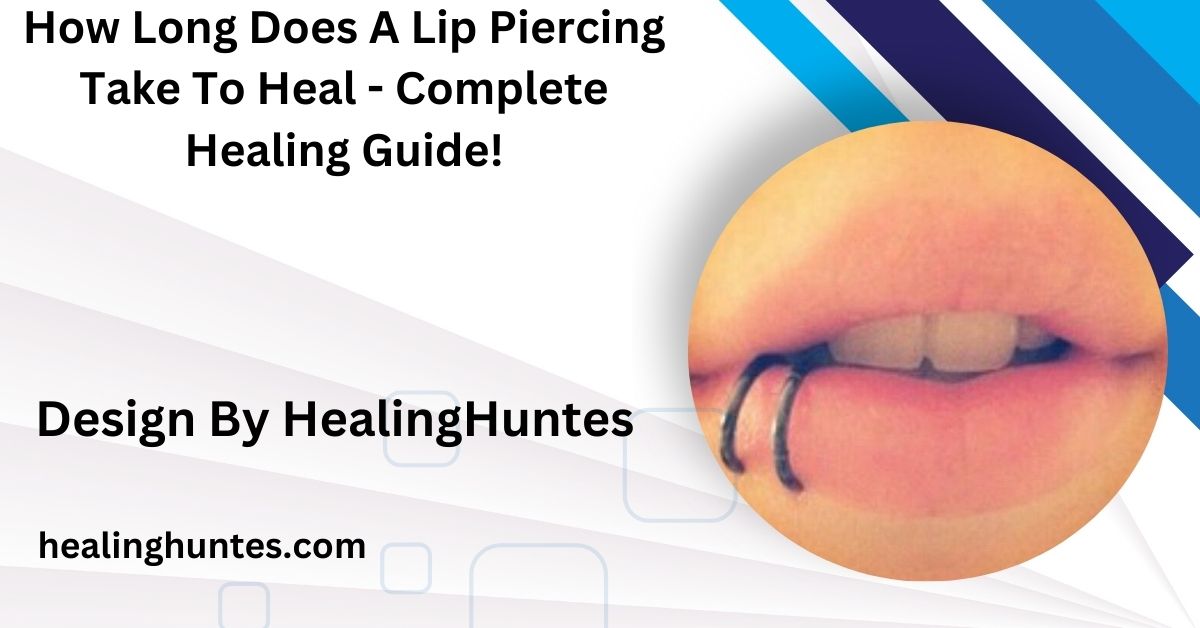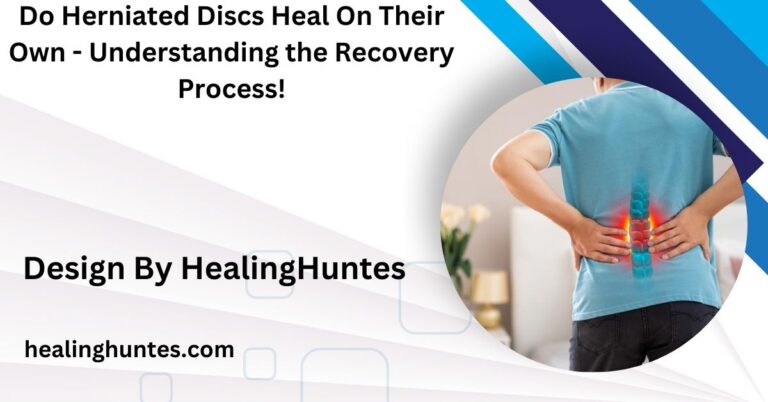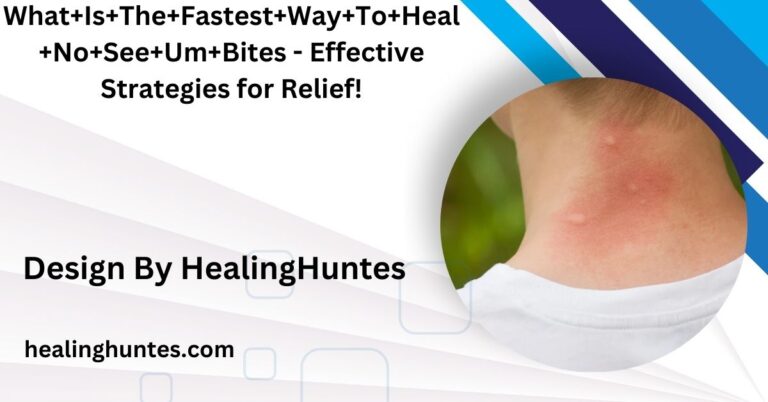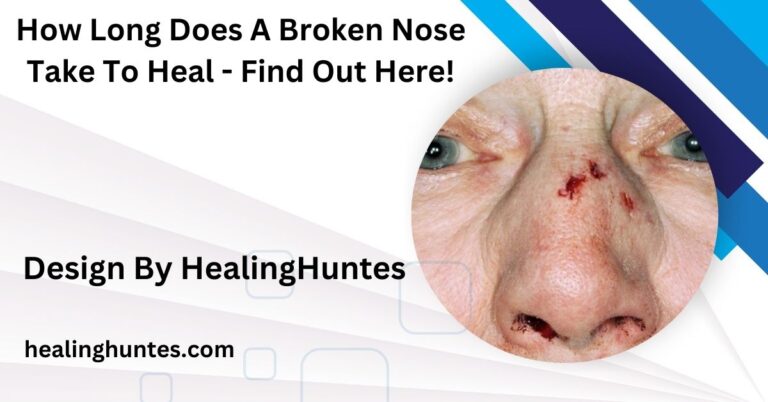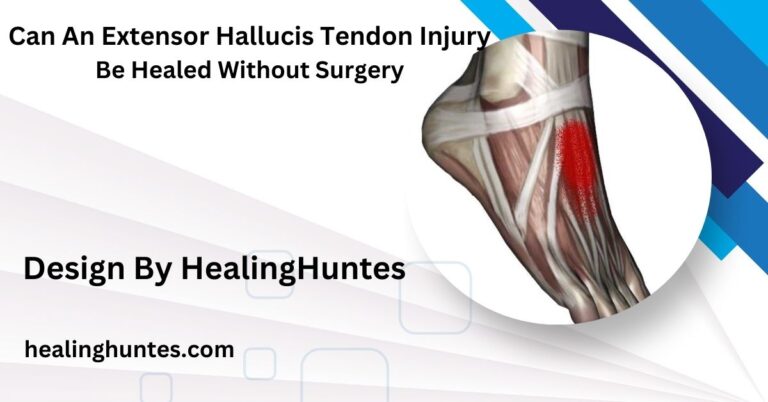How Long Does A Lip Piercing Take To Heal – Complete Healing Guide!
A lip piercing generally heals in 6 to 10 weeks, though it can vary from 4 weeks to 3 months, depending on the piercing type, health, and aftercare.
This article covers everything you need to know about the healing process, what to expect, factors that affect healing time, and essential aftercare tips.
Understanding Lip Piercings:
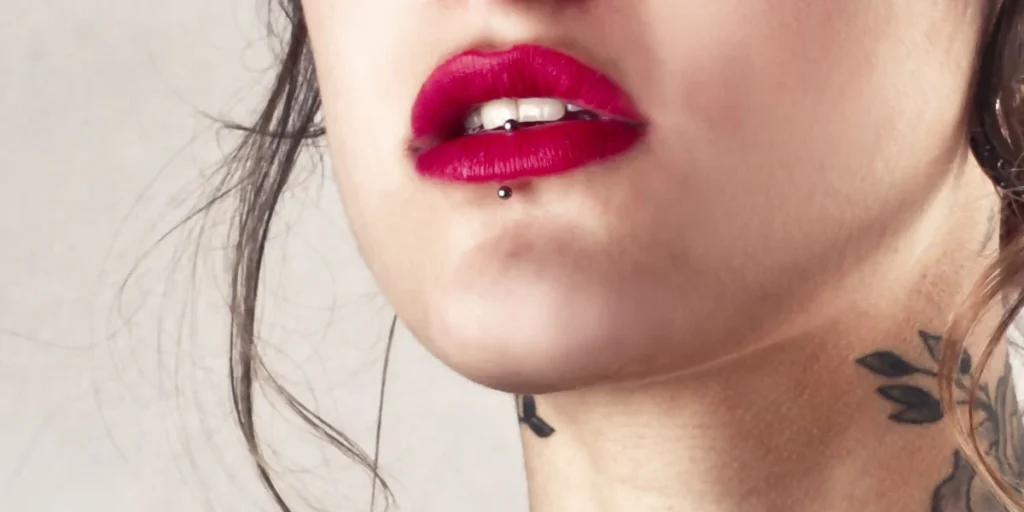
What is a Lip Piercing:
A lip piercing is any piercing done on or around the lips, commonly including the lower or upper lip, as well as the surrounding area. Different types of lip piercings include:
- Labret Piercing: Positioned Below the Bottom Lip
- Monroe Piercing: A piercing on the upper lip, resembling Marilyn Monroe’s beauty mark.
- Medusa Piercing: Centered just above the upper lip.
- Snake Bites: Two piercings on either side of the lower lip.
- Vertical Labret: A vertical piercing through the bottom lip.
Each piercing style may have a slightly different healing time based on its location and how much movement or irritation the area experiences during daily activities.
Average Healing Time for Lip Piercings:
On average, most lip piercings take 6 to 10 weeks to heal, although healing can vary based on the type of piercing and your body’s natural healing ability. While some individuals may heal as quickly as four weeks, others may take up to three months or more to fully recover.
Also Read: How Long For Herniated Disc To Heal – What to Expect and When!
Healing Time by Piercing Type:
- Labret Piercing: Typically heals within 6 to 8 weeks.
- Monroe Piercing: Can take 6 to 12 weeks to heal completely.
- Medusa Piercing: Heals in about 8 to 12 weeks.
- Snake Bites: Generally take around 6 to 10 weeks.
- Vertical Labret: Usually heals in 6 to 10 weeks.
Factors That Affect Healing Time:
Several factors can influence how quickly your lip piercing heals. Some of these are controllable, while others depend on your body’s natural response. Understanding these factors can help you take proactive steps to ensure a smoother healing process.
Placement of the Piercing:
The specific placement of a lip piercing significantly influences its healing duration and overall comfort. Piercings situated near areas of constant movement, such as the corners of the mouth or the center of the lower lip, often experience extended healing times compared to those in more stable locations.
Aftercare Routine:
Proper aftercare is crucial for ensuring that your lip piercing heals quickly and effectively. When done correctly, aftercare not only reduces the risk of infection but also minimizes complications and discomfort during the healing process.
Jewelry Type:
The type of jewelry used in the initial piercing can affect the healing time. Surgical-grade titanium or stainless steel is ideal as they reduce the chances of irritation and infection, speeding up the healing process.
Also Read: Can Open Close Arm After Workout Bicep Heal Fast Bcops – Bicep Healing and Recovery Tips!
Personal Health:
Your overall health and immune system have a direct impact on how quickly your body heals. Factors like smoking, poor diet, dehydration, and stress can slow down healing, while a balanced diet, staying hydrated, and getting enough sleep can boost recovery.
Oral Hygiene:
Since lip piercings are located near the mouth, oral hygiene is critical. Brushing your teeth regularly, using a gentle mouthwash, and avoiding smoking or alcohol can help prevent infections and speed up healing.
What to Expect During the Healing Process:
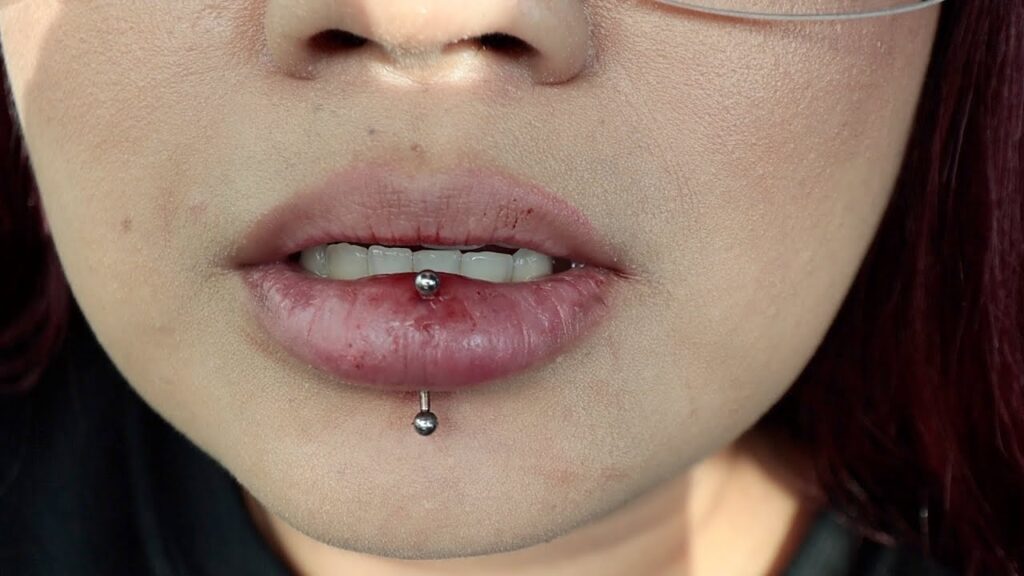
The healing process for a lip piercing is divided into several stages. Knowing what to expect can help you monitor your progress and detect any potential complications early.
- Initial Healing Stage (First 2 Weeks): During the first couple of weeks, the area around the piercing will likely be swollen, tender, and may produce some clear or whitish discharge. This is your body’s natural response to injury and the beginning of the healing process.
- Mid-Healing Stage (2 to 6 Weeks): At this point, swelling and tenderness should begin to subside. The outer edges of the piercing may start to heal, but the internal tissue is still in the process of healing. Continue with your aftercare routine diligently.
- Final Healing Stage (6 to 12 Weeks): The piercing should be mostly healed externally, but the internal tissue may still be sensitive. It’s important to continue practicing good aftercare even when the piercing seems healed on the outside, as internal healing can take longer.
Essential Aftercare Tips:
Proper aftercare is crucial for minimizing the risk of infection, promoting healing, and ensuring your lip piercing remains healthy.
- Clean the Piercing Daily: Clean your piercing twice a day using a saline solution or a piercing-specific aftercare spray. Gently rinse the area and avoid scrubbing or twisting the jewelry.
- Avoid Touching the Piercing: Keep your hands away from the piercing to prevent bacteria from transferring onto the jewelry and into the wound.
- Maintain Oral Hygiene: Brush your teeth at least twice a day and rinse your mouth with an alcohol-free mouthwash after eating or drinking to reduce the risk of infection.
- Avoid Irritants: Stay away from alcohol, smoking, spicy foods, and excessive caffeine intake, as these can irritate the piercing and slow healing.
- Stay Hydrated: Drink plenty of water and maintain a healthy diet rich in vitamins and minerals to support your body’s natural healing processes.
Also Read: Signs Plantar Fasciitis Is Healing – Recognizing Plantar Fasciitis Recovery!
What to Avoid During Healing:
Certain activities and behaviors can hinder your healing process or lead to complications. Here are a few things to steer clear of during your healing period:
- Avoid Changing the Jewelry Prematurely: Wait until your piercing is fully healed before attempting to change the jewelry. Removing the jewelry too soon can lead to irritation, infections, and even closure of the piercing.
- Do Not Touch or Twist the Jewelry: Twisting or moving the jewelry can tear the delicate healing tissue, prolonging the healing time and increasing the risk of infection.
- Refrain from Smoking or Drinking Alcohol: Both smoking and drinking can delay healing and irritate the piercing. It’s best to avoid these habits during the healing process.
- Avoid Sharing Utensils or Kissing: Sharing utensils or engaging in kissing increases the chances of bacterial contamination, which can lead to infections.
Signs of Infection or Complications:
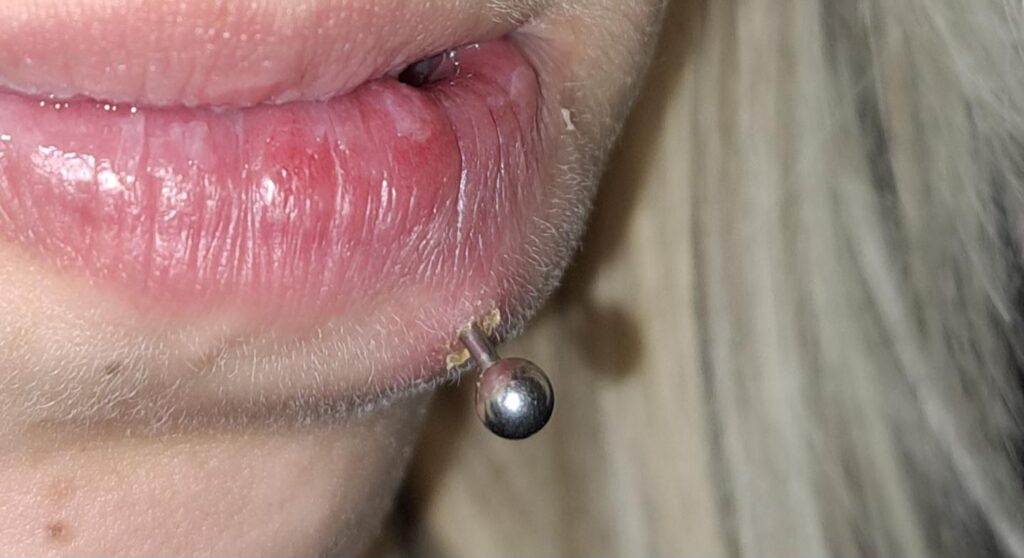
While most lip piercings heal without major issues, it’s essential to be aware of the signs of infection or complications so you can address them promptly.
Signs of Infection:
- Persistent redness, swelling, or pain that doesn’t improve after the first few days.
- Yellow or green pus-like discharge.
- A foul odor coming from the piercing site.
- Fever or feeling unwell.
When to Seek Help:
If you notice any signs of infection or unusual symptoms, it’s important to consult with your piercer or a healthcare professional right away. Early treatment can prevent more serious complications.
Managing Pain and Discomfort:
Lip piercings may cause mild discomfort during the first few days following the procedure, but this should gradually decrease as the healing process advances. To help manage any pain, consider using over-the-counter pain relievers like ibuprofen or acetaminophen, ensuring you follow the recommended dosages.
Use Cold Compresses:
Applying a cold compress or ice pack to the lip area can effectively reduce swelling and numb the region, providing significant relief from discomfort. For best results, wrap ice in a clean cloth or use a gel pack, and apply it to the affected area for 10 to 15 minutes at a time. Be sure to take breaks between applications to avoid skin irritation or frostbite.
Over-the-Counter Pain Relievers:
Non-steroidal anti-inflammatory drugs (NSAIDs), such as ibuprofen or naproxen, are commonly used to alleviate pain and reduce inflammation associated with lip piercings. These medications can help manage discomfort during the initial healing phase and can also address any swelling that may occur.
FAQ’s
1. How long does a lip piercing take to heal?
Lip piercings typically take 6 to 10 weeks to heal completely.
2. Can I change the jewelry before my lip piercing heals?
It’s best to wait until the piercing is fully healed, usually after 8 to 12 weeks, before changing the jewelry.
3. Is it normal for my lip piercing to swell?
Yes, swelling is common during the first few days after getting pierced, but it should gradually subside with proper aftercare.
4. What should I do if my lip piercing gets infected?
If you suspect an infection, clean the area with saline solution and consult your piercer or a healthcare professional immediately.
5. Can I eat normally with a new lip piercing?
Yes, but be mindful of avoiding spicy, hot, or acidic foods that could irritate the piercing during the healing process.
Conclusion
On average, a lip piercing takes 6 to 10 weeks to heal, depending on various factors like aftercare, personal health, and the type of piercing. By following a diligent aftercare routine, maintaining oral hygiene, and monitoring for any signs of complications, you can ensure a smooth and successful healing experience.
